Dr. Chuck Higgins recently spoke at the Society of Amateur Radio Astronomers Eastern Conference about the new affordable way in which amateurs can make accurate measurements of Jupiter’s radiation. The RSP1A allows them to monitor sufficient spectrum with the accuracy they need. Check out the video below to find out more:
(The video gives an overview of Radio JOVE 2.0 and includes a short demonstration of the new radio spectrograph using the SDRplay RSP1A receiver with a dipole antenna and the associated Radio-Sky Spectrograph (RSS) software)
JOVE is a US-based public outreach, education, and citizen science project using radio astronomy and a hands-on radio telescope for science inquiry and education. Radio JOVE 2.0 is a new direction using radio spectrographs to provide a path for radio enthusiasts to grow into citizen scientists capable of operating their own radio observatory and providing science-quality data to an archive. Radio JOVE 2.0 uses more capable software defined radios (SDRs) and spectrograph recording software as a low-cost ($350) radio spectrograph that can address more science questions related to heliophysics, planetary and space weather science, and radio wave propagation. Our goals are: (1) Increase participant access and expand an existing radio spectrograph network, (2) Test and develop radio spectrograph hardware and software, (3) Upgrade the science capability of the data archive, and (4) Develop training modules to help people become citizen scientists. We will overview Radio JOVE 2.0 and give a short demonstration of the new radio spectrograph using the SDRplay RSP1A receiver with a dipole antenna and the associated Radio-Sky Spectrograph (RSS) software.
For more information about the project, visit: radiojove.gsfc.nasa.gov
For more about SARA, visit: https://www.radio-astronomy.org/
